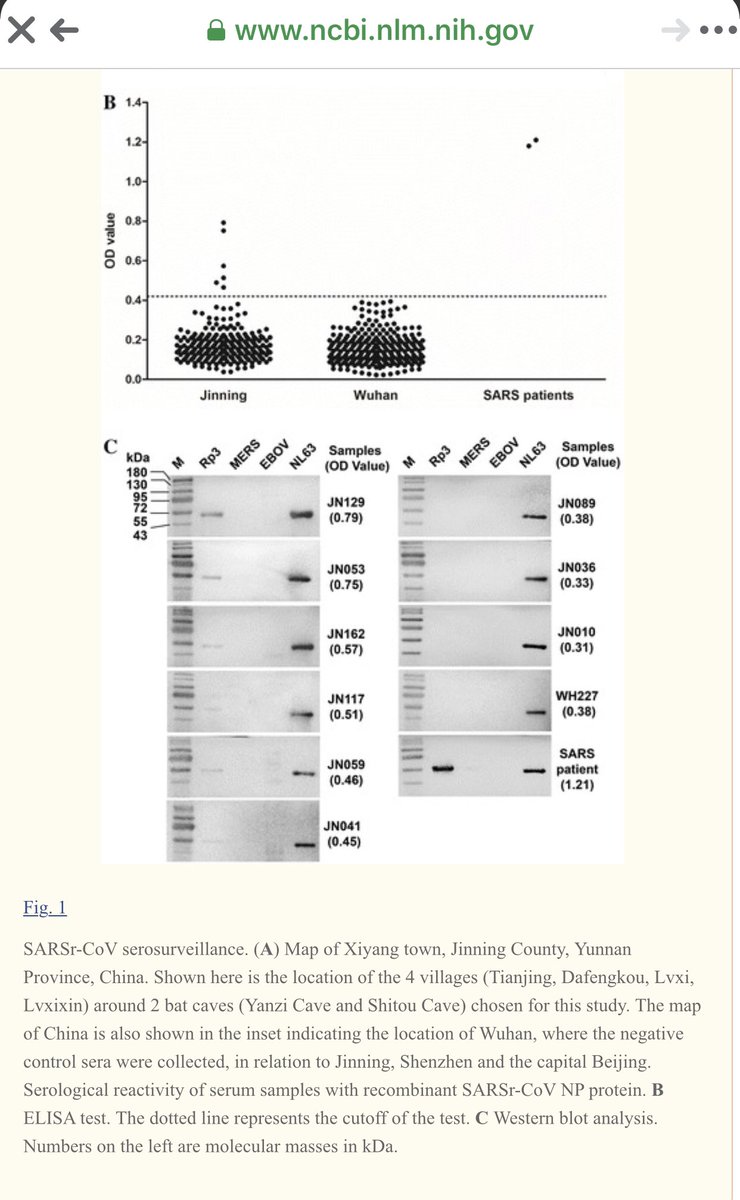
Ok, does this conclusively disprove the PAA "insertion" in RmYN02? I re-ran the CLUSTAL W alignment with ALL genomes used in Zhou et al. (middle block below) and it shows NO trace of an insertion in RmYN02. I get the same result if I omit SARS2 from query (bottom block). 1/4 

Here is the original figure from Zhou et al. claiming a PAA insertion. Btw, I couldn't find their nucleotide alignment in the paper, even in the Supplementary.
@CellCellPress @CurrentBiology could you please ask the authors to provide those data? 2/4
@CellCellPress @CurrentBiology could you please ask the authors to provide those data? 2/4

Here is the link to the paper: cell.com/current-biolog… 3/4
Finally, I think SARS2 should be omitted from alignments trying to prove its PRRA insertion is natural, because this biases the alignment algorithm and pre-supposes the conclusion. We should see "natural insertions" like PRRA in other strains when compared between themselves. 4/4
@halvorz, could you please double check my analysis?
• • •
Missing some Tweet in this thread? You can try to
force a refresh



